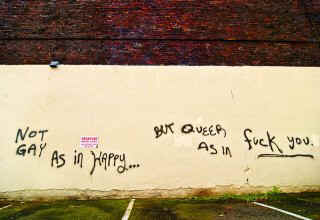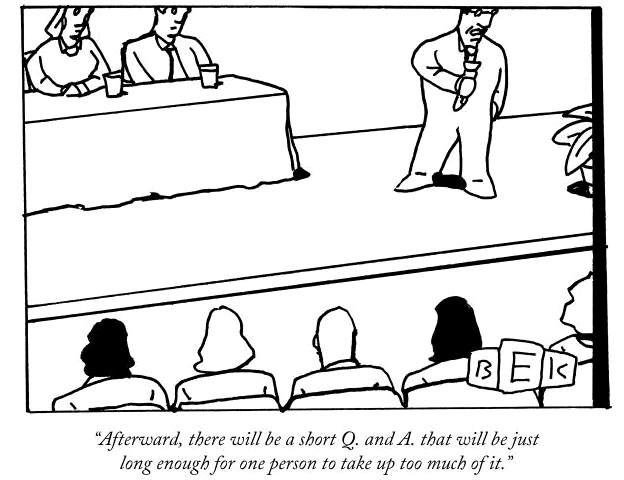|
My mind drifts to a
conversation I had years ago with a clinical supervisor who
said, “Ninety percent of this work is having the guts to
show up and look at what’s happening without changing the
subject.”
-- J.
Scott Janssen

QUEER
AS FOLK
By the
second half of the twentieth century folk culture in
Britain
had become a kind of cargo
cult, a jumble of disassociated local customs, rituals and
superstitions: uncanny relics of the distant, unknowable
Britain
of ancient days. Why, for
instance, do sword dancers lock weapons in magical shapes such
as the pentagram or the six-pointed star, led by a man wearing
a fox’s head? What is the straw bear plodding round the
village
of
Whittlesey
in Cambridgeshire every January? Why do a bunch of nutters black up
their faces and perform a coconut dance in several
Lancashire
villages? What possesses people to engage in the crazed “furry
dance,” singing the “Hal-An-Tow” song, on 6 May at
Helton in
Cornwall
? Why do beribboned hobby
horses canter round the streets of Padstow and Minehead every
May Day, with attendant “Gullivers” lunging at onlookers
with a giant pair of pincers? The persistence of such rites,
and the apparent presence of codes, occult symbolism and
nature magic in the dances, mummers’ plays and balladry of
yore, have provided a rich compost for some of the outgrowths
of folk in the 1960s and afterwards. Even to dip a toe into
the world of folklore is to unearth an Other Britain, one
composed of mysterious fragments and survivals – a rickety
bridge to the sweet grass of
Albion
. As Bert Lloyd mentioned,
“To our toiling ancestors [these customs] meant everything,
and in a queer irrational way they can still mean much to
us.”
-- Rob Young, Electric
Eden

|
